Land Rover Discovery: Front Disc Brake Brake Disc (G1785104) / Removal and Installation
PART(S)

REMOVAL
WARNING:
If installing a new brake disc, install new brake pads.
CAUTION:
Brake discs must be renewed in pairs.
NOTE:
Left hand illustration shown, Right hand is similar.
WARNING:
Make sure to support the vehicle with axle stands.
Raise and support the vehicle.
Refer to: Wheel and Tire (204-04 Wheels and Tires, Removal and Installation).
CAUTIONS:
- Do not allow the brake caliper to hang on the brake hose.
- Discard the bolts.
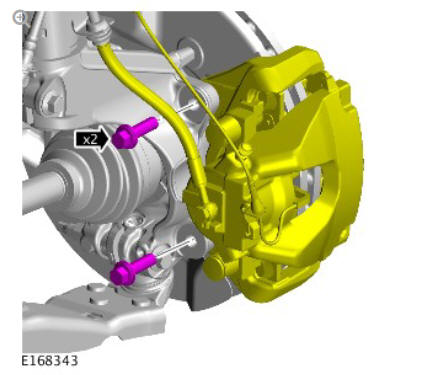
Tie aside.
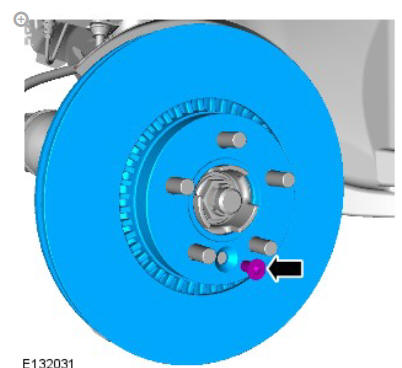
INSTALLATION

Clean the brake disc using brake cleaning fluid.
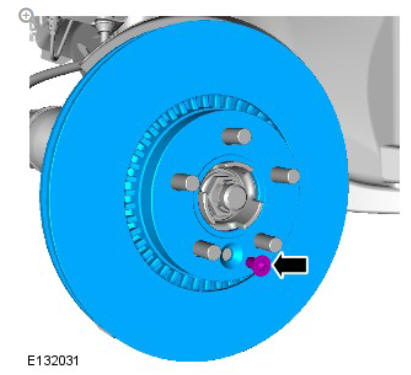
Torque: 35 Nm
WARNING:
Do not use compressed air to clean brake components. Dust from friction materials can be harmful if inhaled.
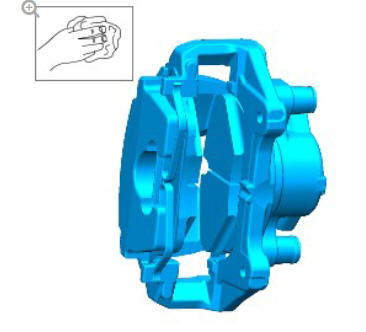
Clean the brake caliper housing and anchor plate using brake cleaning fluid.
CAUTIONS:
- This step only applies to vehicles from VIN H995606 using the M12 fixing.
- Make sure that the brake hose is not twisted and is correctly located.
- Make sure that new bolts are installed.
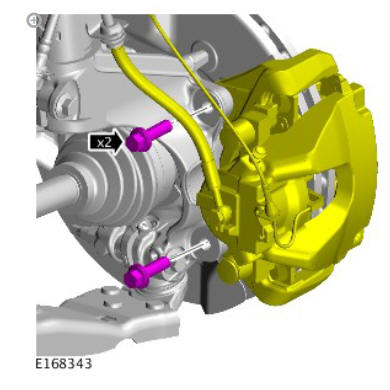
Renew Part: Brake caliper carrier bolts.
Torque:
Stage 1: 90 Nm
Stage 2: 120º
Refer to: Wheel and Tire (204-04 Wheels and Tires, Removal and Installation).
Depress the brake pedal several times, check the fluid level in the brake fluid reservoir and top-up with brake fluid if necessary.

